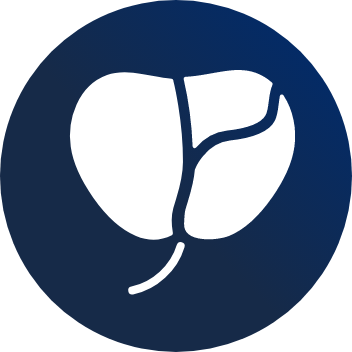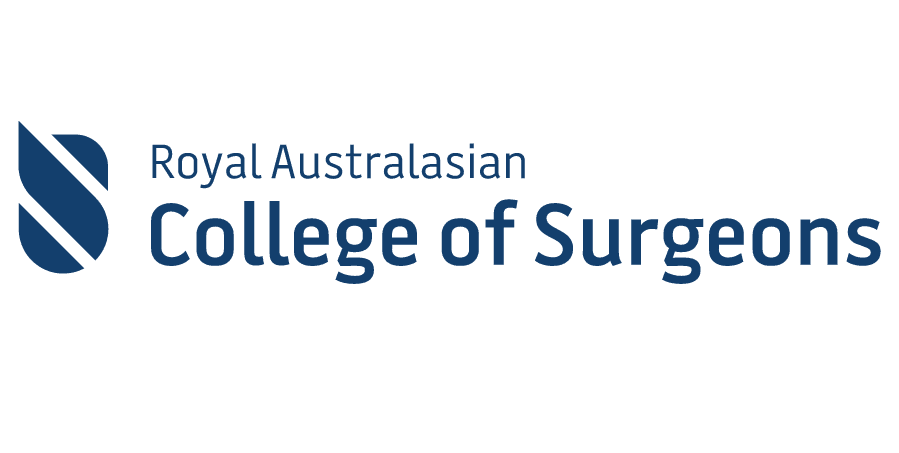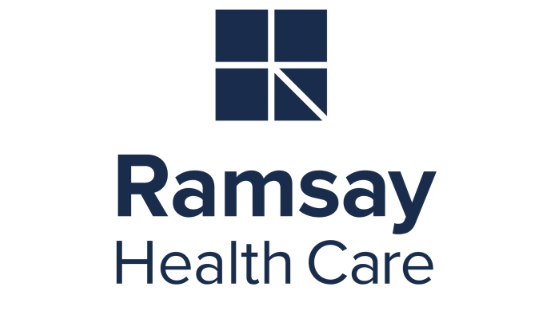Open Prostatectomy
What is Open Prostatectomy?
Open prostatectomy is one of the surgical options available for treating BPH. During this procedure, the surgeon makes an incision in the lower abdomen or in the perineum (the area between the scrotum and anus) to access the prostate gland. The surgeon then removes the obstructing tissue from the prostate, allowing for improved urine flow.
When symptoms become severe and do not respond well to medications or other non-surgical treatments, open prostatectomy may be recommended.
Who is Suitable for Open Prostatectomy?
Suitability for open prostatectomy for BPH depends on several factors, including:
- Prostate Size: Open prostatectomy is often recommended for men with very large prostates (typically over 300 grams). In cases where the prostate is significantly enlarged, other less invasive procedures, such as transurethral resection of the prostate (TURP) or laser surgery, may not be as effective.
- Severity of Symptoms: Open prostatectomy may be considered for men with severe symptoms of BPH that significantly affect their quality of life and have not responded adequately to medications or other conservative treatments. These symptoms may include urinary retention, recurrent urinary tract infections, bladder stones, or kidney damage.
- Overall Health: Candidates for open prostatectomy should be in good overall health to withstand the rigours of surgery and anaesthesia. This includes having a stable medical condition, adequate heart and lung function, and the ability to recover from surgery.
- Patient Preference: Some patients may prefer open prostatectomy over other surgical options due to personal preferences, previous surgical history, or concerns about long-term outcomes.
- Surgical Expertise: Open prostatectomy requires surgical expertise and is typically performed by urologists who are experienced in this technique. Patients should seek care from a surgeon with a proven track record of successful outcomes with open prostatectomy.
Benefits of Open Prostatectomy
Open prostatectomy for BPH offers several benefits for individuals who are suitable candidates for the procedure:
- Effective Symptom Relief: Open prostatectomy is highly effective at relieving symptoms associated with BPH, such as urinary hesitancy, weak urine stream, frequent urination, nocturia (waking up at night to urinate), and the feeling of incomplete bladder emptying. By removing the obstructing tissue from the prostate, urine flow is improved, allowing for better bladder emptying and alleviation of bothersome symptoms.
- Treatment of Large Prostates: Open prostatectomy is particularly well-suited for treating BPH in men with very large prostates (typically over 80 grams). Unlike other surgical options that may be less effective for larger prostates, open prostatectomy allows for the removal of a significant amount of prostate tissue, leading to improved outcomes.
- Long-Term Durability: Open prostatectomy has demonstrated long-term durability in improving urinary symptoms and urinary flow rates in men with BPH. Studies have shown that many patients experience sustained relief of symptoms and improved urinary function for years following the procedure.
- Lower Risk of Retreatment: Compared to some minimally invasive procedures for BPH, such as transurethral resection of the prostate (TURP) or laser surgery, open prostatectomy may be associated with a lower risk of requiring retreatment or additional procedures in the future. This can reduce the need for further interventions and related healthcare costs.
- Resolution of Complications: In addition to relieving urinary symptoms, open prostatectomy can help resolve complications associated with severe BPH, such as urinary retention, recurrent urinary tract infections, bladder stones, or kidney damage. Removing the obstructing tissue reduces the risk of these complications, improving overall health and quality of life.
Types of Open Prostatectomy
- Transcapsular Prostatectomy: The surgeon makes an incision in the lower abdomen to access the prostate gland. This approach allows for direct visualisation of the prostate and surrounding structures, facilitating the removal of obstructing tissue while minimising the risk of injury to nearby nerves and blood vessels.
- Transvesical Prostatectomy: This involves making an incision in the lower abdomen and through the bladder. This approach is preferred in some cases, particularly with associated bladder stones.
Alternative Options to Open Prostatectomy
Preparation Before an Open Prostatectomy
- Medical Evaluation: Your doctor will conduct a thorough medical evaluation to assess your overall health and identify any potential risks or complications associated with the surgery. This may include blood tests, imaging studies (such as a pelvic ultrasound or MRI), and other diagnostic tests to evaluate the size and condition of your prostate gland.
- Medication Management: Your doctor may adjust or prescribe new medications to optimise your health before surgery. This may include medications to manage urinary symptoms, control blood pressure, prevent blood clots, or treat other medical conditions.
- Stop Smoking:
If you smoke, it's important to quit smoking before surgery. Smoking can increase the risk of complications during and after surgery, including delayed wound healing and respiratory problems.
- Bowel Preparation: Your doctor may recommend bowel preparation before surgery to empty your bowels and reduce the risk of complications during the procedure. This may involve taking laxatives or following a special diet for a day or two before surgery.
- Arrange Transportation and Support: Plan for transportation to the hospital on the day of surgery and assistance with daily activities and household chores during your recovery period.
Open Prostatectomy Procedure
- Anaesthesia: You will receive anaesthesia to ensure you are comfortable and pain-free during the surgery. The type of anaesthesia used (general or spinal) will be determined based on your medical history and doctor's preferences.
- Incision: To access the prostate gland, the surgeon will make an incision in the lower abdomen. The incision is carefully planned to provide optimal access to the prostate while minimising damage to surrounding tissues.
- Removal of Prostate Tissue: The surgeon will carefully dissect and remove the obstructing tissue from the prostate gland, allowing for improved urine flow. Specialised surgical instruments may be used to remove the tissue, and techniques such as electrocautery or laser energy may be employed to minimise bleeding.
- Closure: Once the prostate tissue has been removed, the incision is carefully closed with sutures or surgical staples. The surgical site is then dressed with sterile bandages to promote healing and reduce the risk of infection.
Open Prostatectomy Recovery Plan
- Hospital Stay: You will typically spend a few days in the hospital following an open prostatectomy for BPH to monitor your recovery and manage any pain or discomfort. During your hospital stay, you will receive medications to help control pain, prevent infection, and manage other symptoms.
- Catheterisation: During surgery, a urinary catheter will be inserted into your bladder to drain urine from your body while you heal. Depending on your surgeon's recommendations, the catheter is usually left in place for a few days to a week after surgery.
- Pain Management: You may experience some pain or discomfort after surgery, which can be managed with medications prescribed by your doctor. It's important to take your pain medications as directed and to notify your doctor if you experience any unusual or severe pain.
- Activity Restrictions: Your doctor will provide specific instructions on activity restrictions and limitations during recovery. You may need to avoid strenuous activities, heavy lifting, and driving after surgery to allow your body to heal properly.
- Follow-Up Appointments: You must schedule follow-up appointments with your doctor to monitor your recovery progress, remove any sutures or staples, and assess your urinary function. Your doctor will also discuss any further treatment or management strategies based on your individual needs and circumstances.
Open Prostatectomy Prognosis
The prognosis following open prostatectomy for benign prostatic hyperplasia (BPH) is generally favourable for many individuals, with most experiencing significant improvement in urinary symptoms and quality of life. However, the long-term prognosis can vary depending on factors such as the extent of surgery, other medical conditions, and individual response to treatment.
Open Prostatectomy Risks
Like any surgical procedure, open prostatectomy for BPH carries certain risks and potential complications. While most patients have successful outcomes following surgery, knowing the potential risks is important. Here are some common risks associated with open prostatectomy:
- Bleeding
- Infection
- Urinary Incontinence
- Erectile Dysfunction
- Retrograde Ejaculation
- Other Complications (blood clots, urinary tract infections, bladder injury, urethral stricture (narrowing), and anaesthesia-related risks)
What if Open Prostatectomy for BPH is Delayed?
Delaying open prostatectomy for BPH can adversely affect overall health, increase the risk of complications, and diminish quality of life. Therefore, timely intervention and discussion with urologists regarding treatment options are crucial to ensure appropriate management of BPH symptoms and promote optimal outcomes.








